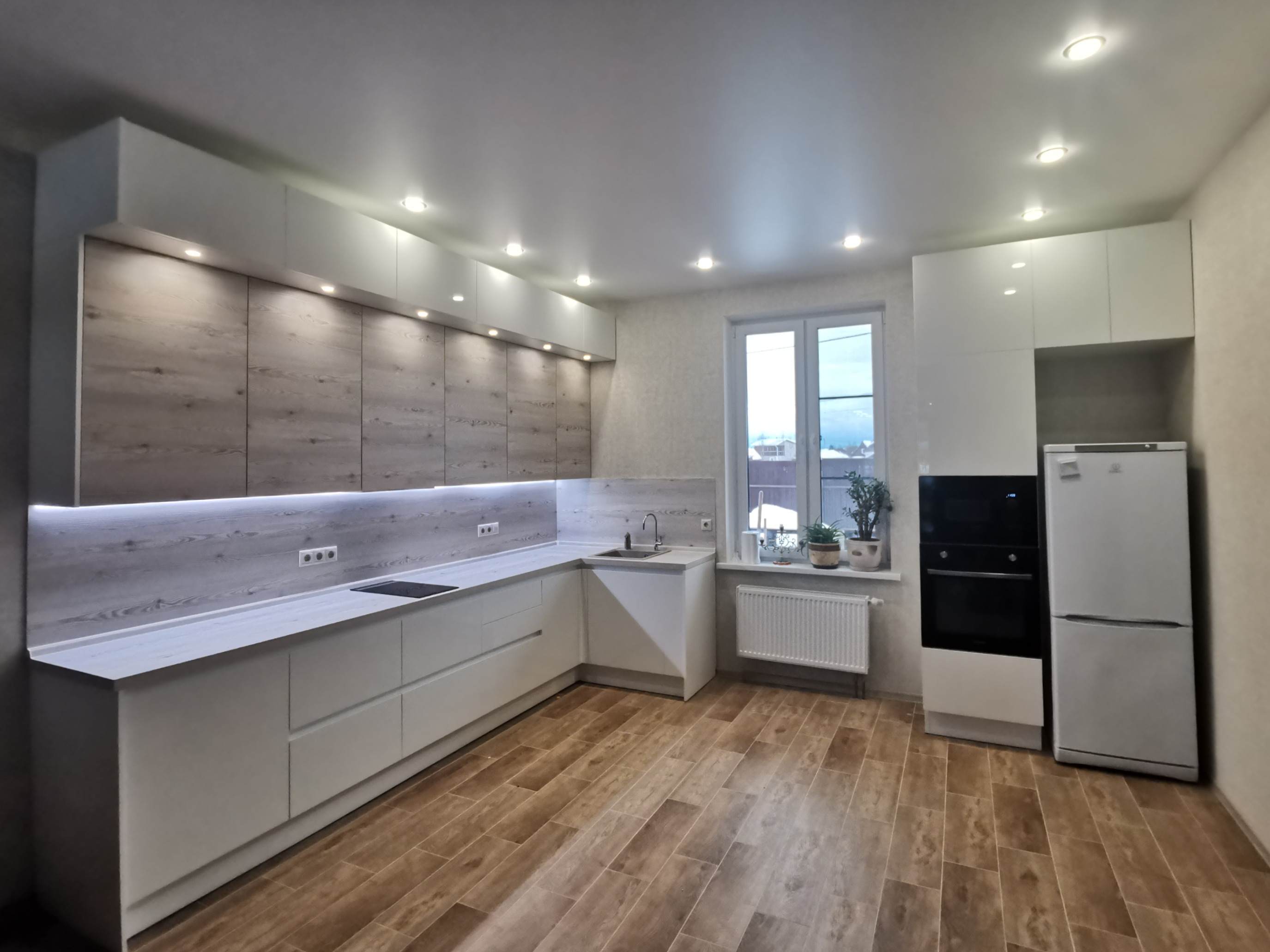
Introduction to Culinary Spaces
The heart of the home has long been the kitchen, a place where culinary arts meet family life and entertaining. But the transformation of these spaces has elevated them from mere functional areas to elegant centers of the home. A culinary space transformed elegantly combines the efficiency required for cooking with the style and comfort of living spaces.
The Fusion of Function and Style
In reimagining the culinary space, the fusion of function and style comes to the forefront. Designers are now integrating high-quality materials, such as natural stone countertops and custom cabinetry, that offer both durability and a timeless aesthetic appeal. Accent features like designer backsplashes or statement lighting fixtures contribute to the space’s overall elegance without sacrificing practicality.
Technology Enhances the Culinary Experience
Modern culinary spaces boast the latest technological advancements, harmoniously blending them into the design. Innovations such as smart refrigerators, induction cooktops, and Wi-Fi-enabled ovens offer the home chef unparalleled convenience and control. These gadgets are often chosen for their sleek designs, seamlessly integrating into the stylish space.
Layout for Entertaining
The layout of a culinary space is critical to its function as an entertaining hub. Open-plan designs with islands or peninsulas provide gathering spots for guests and allow the cook to interact with company while preparing meals. Counter seating and well-planned lighting set the mood and enhance the overall experience for both the cook and their company.
Sustainability Meets Elegance
Elegance in today's culinary spaces also means incorporating sustainable solutions. Designers are focusing on energy-efficient appliances, sustainably sourced materials, and LED lighting options. These eco-friendly choices not only look beautiful but also reflect a growing consciousness about the environment and the future of our planet.
Personal Touches Complete the Transformation
An elegantly transformed culinary space is not complete without the personal touches that reflect the tastes and lifestyles of its owners. From unique art pieces to family heirlooms, these details create a sense of warmth and history. It is these finishing touches that turn a stylish kitchen into a beloved and lived-in space.
Conclusion
The transformation of culinary spaces into elegant and refined areas of the home shows no signs of slowing down. With the careful balance of style, function, technology, and personalization, these spaces are not just for cooking but for living in every sense of the word. As these trends continue to evolve, we can expect even more innovative and beautiful transformations that will continue to redefine the heart of the home.